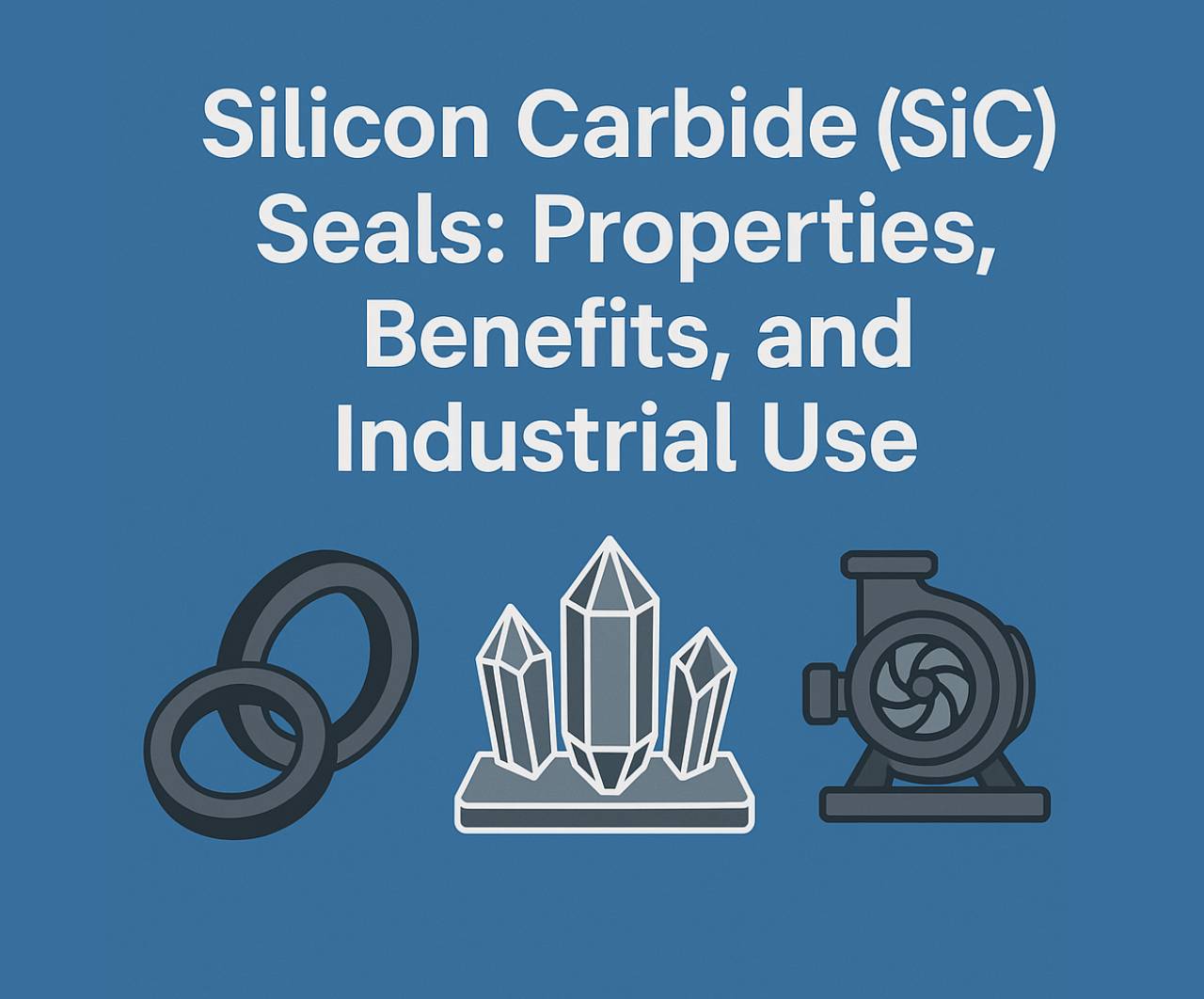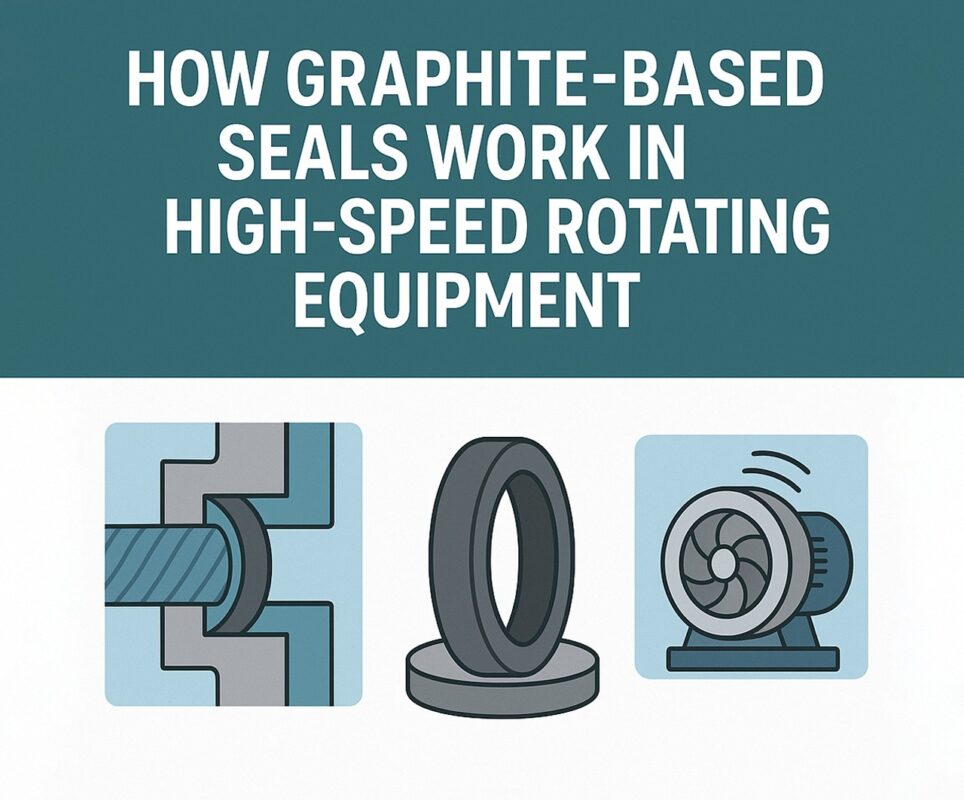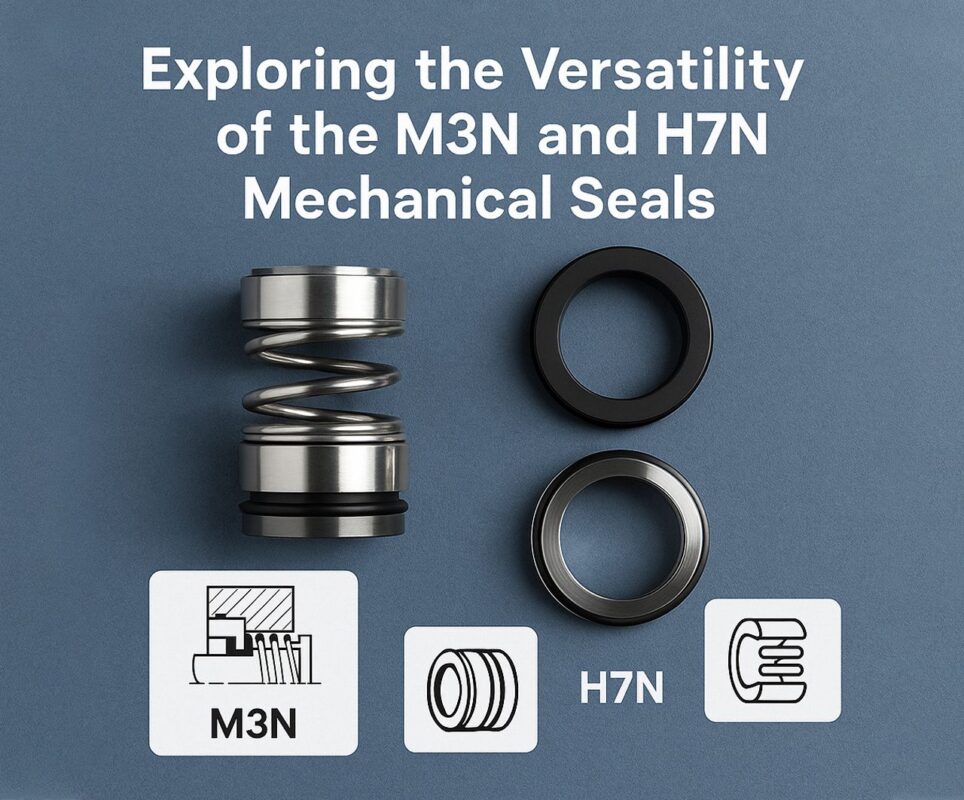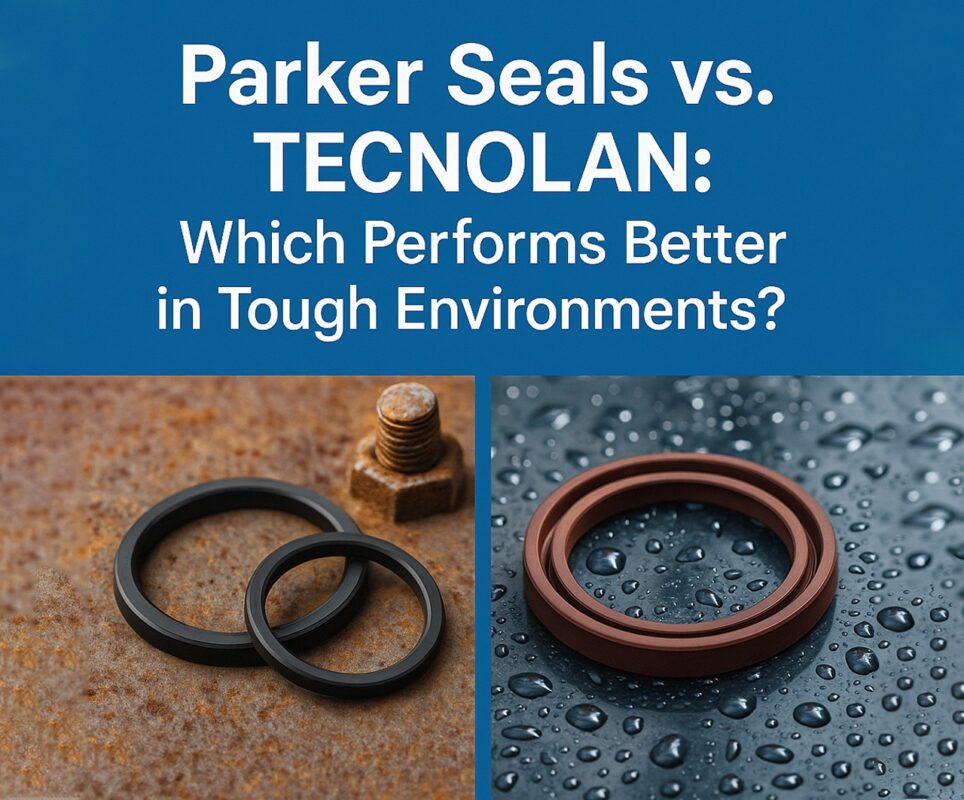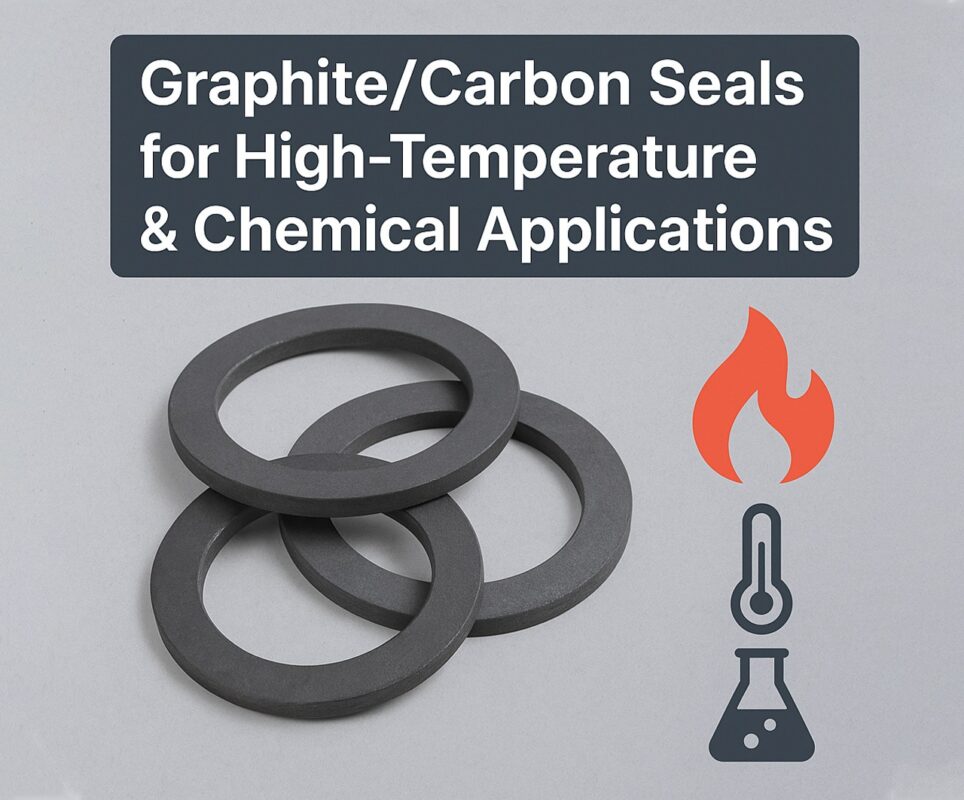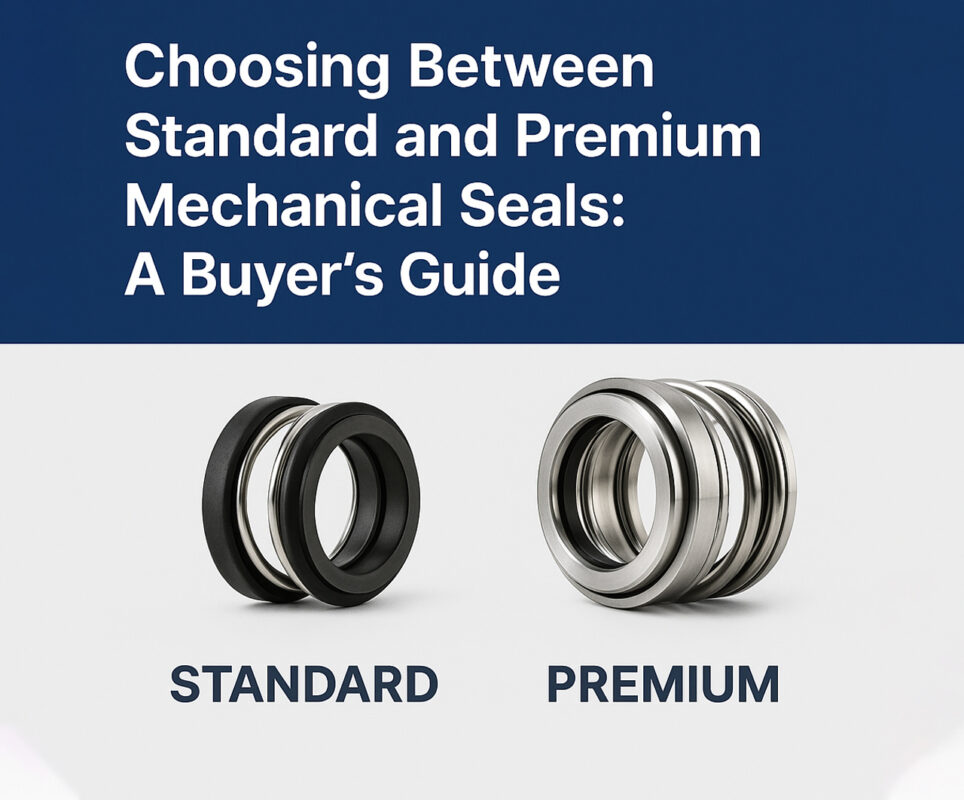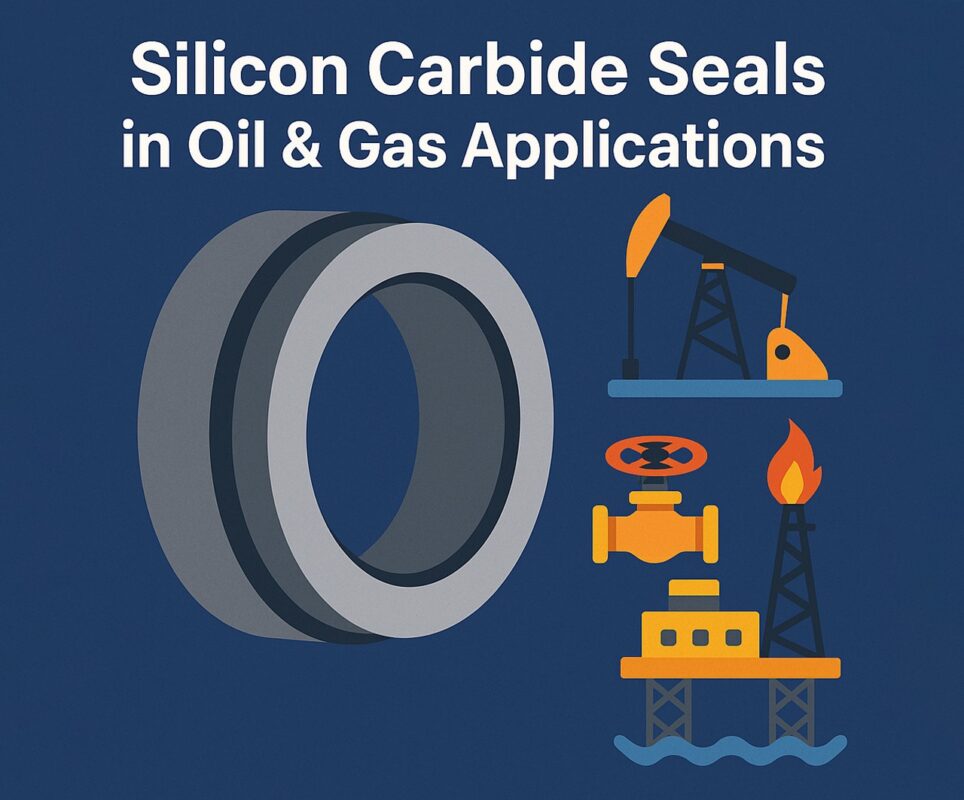In today’s demanding industrial environments, precision and durability are everything. That’s why SiC seal technology, often branded as SiC SiC mechanical seal, has emerged as a top solution for high-performance applications. Whether you’re working with corrosive fluids, extreme temperatures, or high-pressure systems, these seals outclass traditional materials. But how do they compare to more conventional options like classic car rubber seals? In this article, we’ll explore what makes silicon carbide seals unique, how they’re used, and why they’re dominating sectors from chemical processing to power generation. Know more..
What Is a SiC Seal?
A SiC seal is a mechanical sealing component made from silicon carbide—a ceramic compound known for its hardness, thermal conductivity, and chemical resistance. Typically used in rotary equipment such as pumps, compressors, and agitators, these seals prevent fluid leakage between rotating and stationary parts.
The term SiC SiC mechanical seal often refers to seals where both mating faces (the rotating and stationary surfaces) are made from silicon carbide. This setup enhances sealing performance, especially in abrasive or corrosive environments.
While classic car rubber seals were ideal in earlier automotive eras due to their flexibility and low cost, they can’t withstand the high-speed, high-temperature, and high-pressure demands of today’s industrial systems. That’s where SiC seals shine.
Key Properties of Silicon Carbide Seals
Silicon carbide is engineered for extremes. Here are the standout characteristics of the SiC seal:
- Exceptional Hardness: Second only to diamond on the Mohs scale, SiC offers outstanding wear resistance.
- Thermal Conductivity: Maintains performance even under high temperatures.
- Chemical Resistance: Immune to acids, alkalis, and solvents.
- Low Friction Coefficient: Reduces energy loss and extends seal life.
- High Modulus of Elasticity: Maintains shape and effectiveness under pressure.
In contrast to classic car rubber seals, which degrade over time when exposed to heat or chemicals, SiC SiC mechanical seal setups remain stable and reliable.
Types of SiC Seal Configurations
- SiC/SiC Mechanical Seal: Both seal faces are made of silicon carbide. Ideal for the most aggressive environments.
- SiC/Carbon Seal: One face is silicon carbide, the other is carbon. Offers a balance of performance and affordability.
- SiC/Tungsten Carbide: Combines SiC with another ultra-hard material. Great for ultra-high pressure systems.
Each type of SiC seal can be tailored to fit specific operating parameters such as speed, temperature, and fluid chemistry.
Benefits of Using SiC Seals Over Classic Materials
1. Longer Lifespan
Compared to classic car rubber seals, which can degrade or swell under thermal or chemical stress, SiC SiC mechanical seals can operate for years without failure.
2. Lower Maintenance
Fewer shutdowns mean less downtime. Industries using SiC seal technology report major savings on labor and repairs.
3. Improved Efficiency
With lower friction and better heat dissipation, equipment runs smoother and uses less energy.
4. Wide Compatibility
SiC seals can handle everything from acids and solvents to slurry and seawater—conditions that destroy rubber seals.
Industrial Applications of SiC Seals
SiC SiC mechanical seals are becoming the gold standard across numerous sectors:
- Chemical Processing: For reactors and pumps handling corrosive chemicals.
- Oil and Gas: In offshore drilling platforms, pipelines, and compressors.
- Pharmaceutical Manufacturing: Ensures sterile and contamination-free sealing.
- Pulp and Paper: Withstands the abrasive nature of slurry and chemicals.
- Water Treatment Plants: Operates efficiently in both fresh and saltwater environments.
- Renewable Energy: Utilized in wind turbine cooling and hydropower systems.
Meanwhile, classic car rubber seals remain nostalgic and useful in vintage vehicle restoration but are impractical in such demanding industrial contexts.
How SiC Seals Compare to Classic Car Rubber Seals
Let’s stack the modern SiC seal against the traditional classic car rubber seals:
| Feature | SiC Seal | Classic Car Rubber Seal |
| Material | Silicon Carbide | Natural/Synthetic Rubber |
| Temperature Resistance | Up to 1600°C | Up to 120°C |
| Chemical Resistance | Excellent | Moderate to Poor |
| Wear Resistance | Outstanding | Low |
| Lifespan | 5–10+ years | 1–3 years (less in harsh conditions) |
| Maintenance Requirements | Low | High |
Clearly, for modern industrial systems, SiC SiC mechanical seals offer a vastly superior performance profile.
Challenges and Considerations
Despite their benefits, SiC seals come with some considerations:
- Higher Initial Cost: Manufacturing and material costs are significantly higher than rubber alternatives.
- Brittleness: While extremely hard, silicon carbide can fracture under extreme mechanical shock.
- Complex Installation: Precision alignment is critical for optimal performance.
Still, for long-term use, the lifecycle savings often outweigh the upfront cost of a SiC seal.
Design Innovations in SiC Mechanical Seals
Modern SiC SiC mechanical seal designs have advanced considerably:
- Composite SiC Materials: Include embedded graphite for self-lubrication.
- 3D-Printed SiC Components: Reduce production waste and allow for complex geometries.
- Smart Coatings: Anti-corrosion and hydrophobic coatings extend life.
- Modular Designs: Make replacements quicker and reduce system downtime.
These innovations make the SiC seal an even more attractive solution across industries.
Real-World Example: SiC in Chemical Pumps
A large chemical plant switched from traditional rubber seals to SiC SiC mechanical seals in its high-speed centrifugal pumps. The result?
- Seal life extended from 6 months to over 3 years
- Downtime reduced by 70%
- Maintenance costs dropped by 45%
This move not only saved money but also enhanced safety and product consistency—outcomes classic car rubber seals could never achieve in such environments.
Sustainability and SiC Seals
As industries strive for greener solutions, the SiC seal offers key advantages:
- Extended life = fewer replacements = less waste
- Energy efficiency from low friction = lower emissions
- Compatibility with clean fluids = supports eco-friendly operations
In contrast, the disposability of classic car rubber seals leads to frequent waste generation and higher carbon footprints.
Choosing the Right SiC Seal for Your Application
When selecting a SiC SiC mechanical seal, consider:
- Operating temperature and pressure
- Type of fluid handled
- Shaft speed and rotation type
- Environmental regulations
- Budget vs. lifecycle cost
Consulting with a seal specialist or manufacturer can help match your needs with the ideal SiC seal setup.
Conclusion
While classic car rubber seals still serve a nostalgic role and perform adequately in low-demand settings, they’re no match for the strength, durability, and versatility of SiC seal technology. With their advanced thermal, mechanical, and chemical properties, SiC SiC mechanical seals are built to meet the needs of 21st-century industry.
Whether you’re upgrading old systems or designing next-gen equipment, choosing the right seal can define your success. And when reliability is non-negotiable, SiC seals deliver where others fall short.

